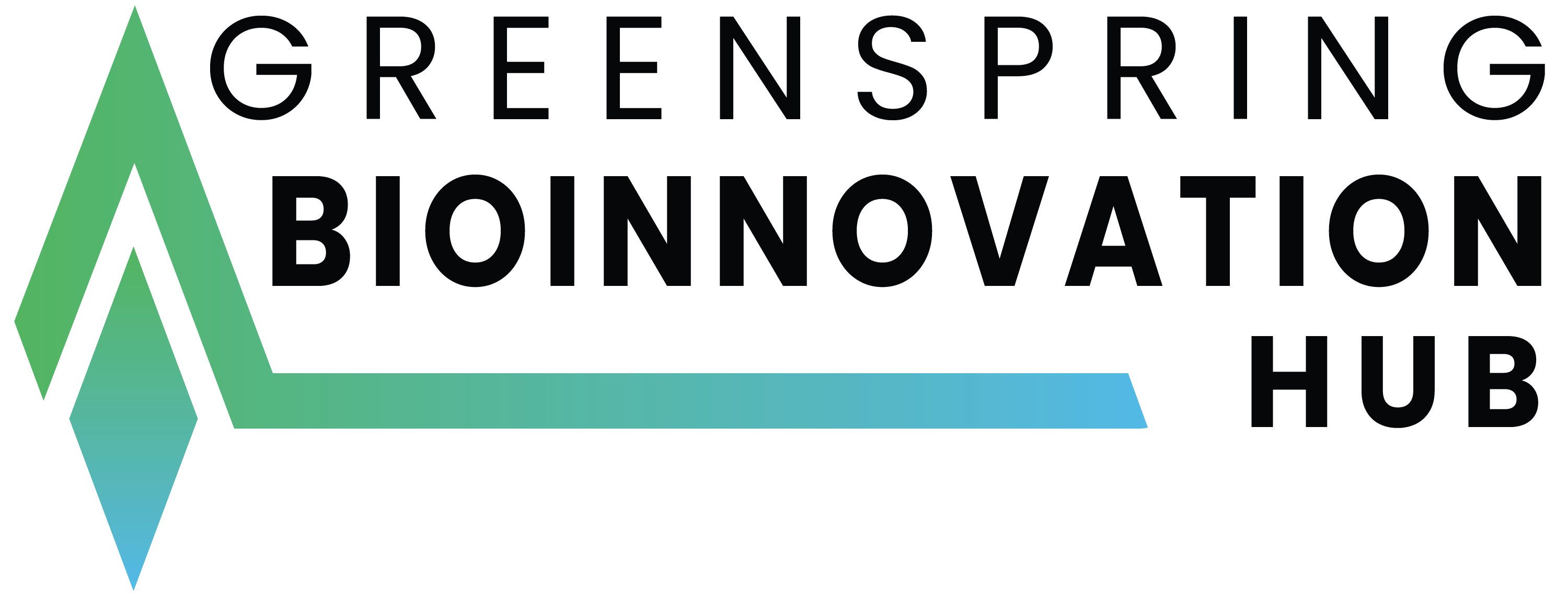What is the Bioeconomy?
Nova Scotia’s Bioeconomy is a regenerative system of sectors made up of new and innovative organizations developing sustainable uses for bioresources and biotechnology.
This interconnected, circular economy sources, distributes, uses, reuses and finds new applications for renewable bioresources. It lowers our environmental impact and emissions, and provides our province with a unique opportunity to build resilience and drive export growth.
Our Impact*
Invested Capital
%
Rural Investment
Export Value
GHG Reduction (tons per year)
Jobs Created
Renewable Feedstocks (tons per year)
*Potential based on planned projects

Primary Harvesting
It starts with the harvesting of renewable bioresources from the forestry, agriculture and ocean sectors, yielding a range of raw materials such as wood fibre, food crops, seafood and more. Rural areas mainly drive these activities, stimulating rural development and employment while supporting a low-carbon economy transition.

Feedstocks
Much of the primary harvest, like fruit, makes its way directly to consumers, but a range of raw materials arrives at Biorefineries, along with by-products from along the supply chain that might have otherwise been discarded. Biorefineries can use novel and dedicated technologies, or might be traditional facilities such as sawmills, pulp and paper mills and food processing plants.

Biorefineries
Using innovative techniques to get the most value from raw materials, biorefineries convert local biomass into a spectrum of both traditional and new, innovative products. Some of these techniques are improvements on those used for generations, while some are much newer such as torrefaction, pyrolysis and various extraction methods.

BioProducts
From traditional lumber, paper, beverages and fish filets, to innovative bioproducts like plastics, fuels, chemicals and new sources of human and animal nutrition. These innovative products are sustainable, low-carbon alternatives to products derived from carbon-intensive, non-renewable resources such as petroleum and coal.

Closing the Loop
Many bioproducts are compostable and return to the soil to support future growth. Other biomaterials can be collected at the end of their lifecycle, diverting those materials from landfills and sending them back into the Bioeconomy’s circular chain for reprocessing and reuse.

